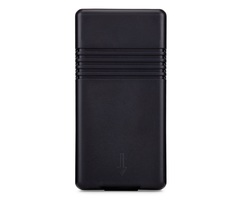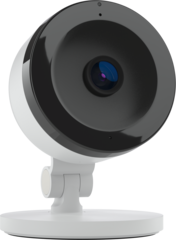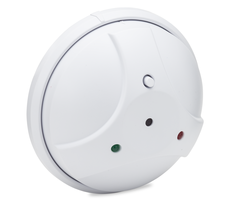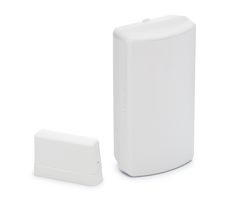New 2GIG Encrypted Smoke/Heat/Freeze Sensor
Posted By Michael GorisHi DIYers! Today, we're taking a look at the 2GIG SMKT8e-345. This is a wireless encrypted smoke and heat detector that also offers freeze detection. This versatile and effective life-safety combo sensor is designed exclusively for use with the 2GIG GC2e and 2GIG GC3e Security Systems.

Encrypted communication is important for wireless sensors like the 2GIG SMKT8e-345. It prevents anyone from hacking or spoofing the sensor. This way, you can always be sure that it will communicate with the system properly. Many of the newer security systems on the market have their own lineup of encrypted sensors. The 2GIG GC2e and GC3e have the 2GIG eSeries Lineup, and the 2GIG SMKT8e-345 represents the latest addition.
The 2GIG SMKT8e-345 has a photoelectric sensor for smoke detection. This involves using a small light source inside the sensor, coupled with a photo sensor. When smoke enters the chamber, the light will refract onto the photo sensor. The sensor will detect this and alert the system to the fire. This detection method is extremely reliable, and it helps ensure that the system properly responds to any fire. Additionally, the optical chamber for the SMKT8e-345 is designed in such a way that the sensor is more sensitive to synthetic smoke rather than natural cooking smoke. This helps to prevent certain false alarms on the system.
The SMKT8e-345 also uses a fixed temperature and rate-of-rise sensor for extreme heat detection. The heat sensor is triggered in a rather unique way that we've never quite seen with another heat detector. Whenever the sensor detects a temperature increase of 15°F or more in a single minute, it sends a rate-of-rise alert to the panel. But the system will only go into alarm and the sensor will only activate its sounder if the rate-of-rise alert is sent when the sensor detects a fixed temperature of 104°F or higher. The sensor will monitor and report any extreme temperature variations.
We do not have the specifications for the built-in freeze detector at this time. We can assume that the sensor most likely activates at temperatures around 40°F to 45°F and below. This will give you time to take action before the pipes freeze due to a broken HVAC system. Note that the internal sounder for the 2GIG SMKT8e-345 is rated at 90dB. This is good for alerting everyone in an average sized home or a small business. If your system is monitored, the activated sensor will trigger an alarm so that an alert is sent to you and/or a central station. The sensor uses three (3) AAA batteries, and it has an average battery life of 10 years with normal use.
If you have any questions about the 2GIG SMKT8e-345 or any of the products sold on our site, please reach out to us by emailing support@alarmgrid.com. Keep in mind that our support hours run from 9am to 8pm ET M-F. We look forward to hearing from you!

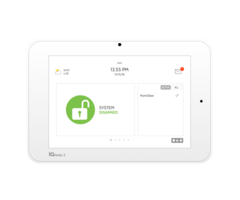




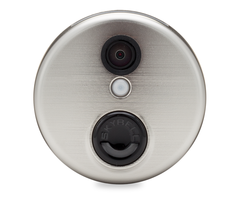



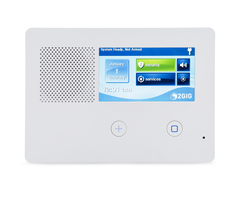
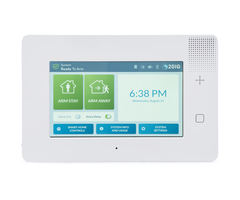





 Our goal at Alarm Grid is to help you keep your business safe and your assets protected at all times. We have all the equipment and resources you need, whether your business is big or small. If you ever need help selecting the perfect security equipment, or if you want to learn more about how we can
Our goal at Alarm Grid is to help you keep your business safe and your assets protected at all times. We have all the equipment and resources you need, whether your business is big or small. If you ever need help selecting the perfect security equipment, or if you want to learn more about how we can  Most of the information presented in this post can be found in the Qolsys IQ Panel 2 DIY Installation Manual. You are free to follow along with that manual, which can be found
Most of the information presented in this post can be found in the Qolsys IQ Panel 2 DIY Installation Manual. You are free to follow along with that manual, which can be found 



